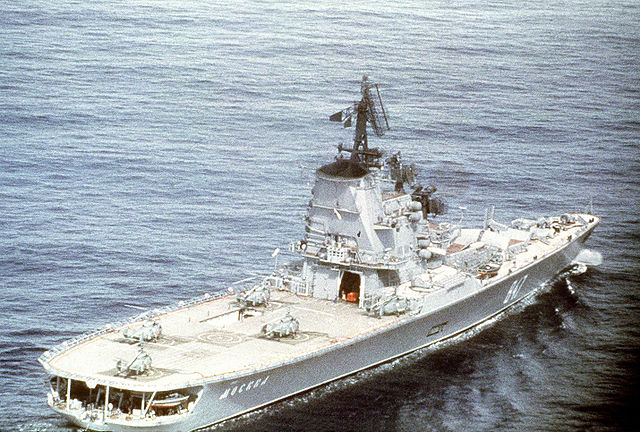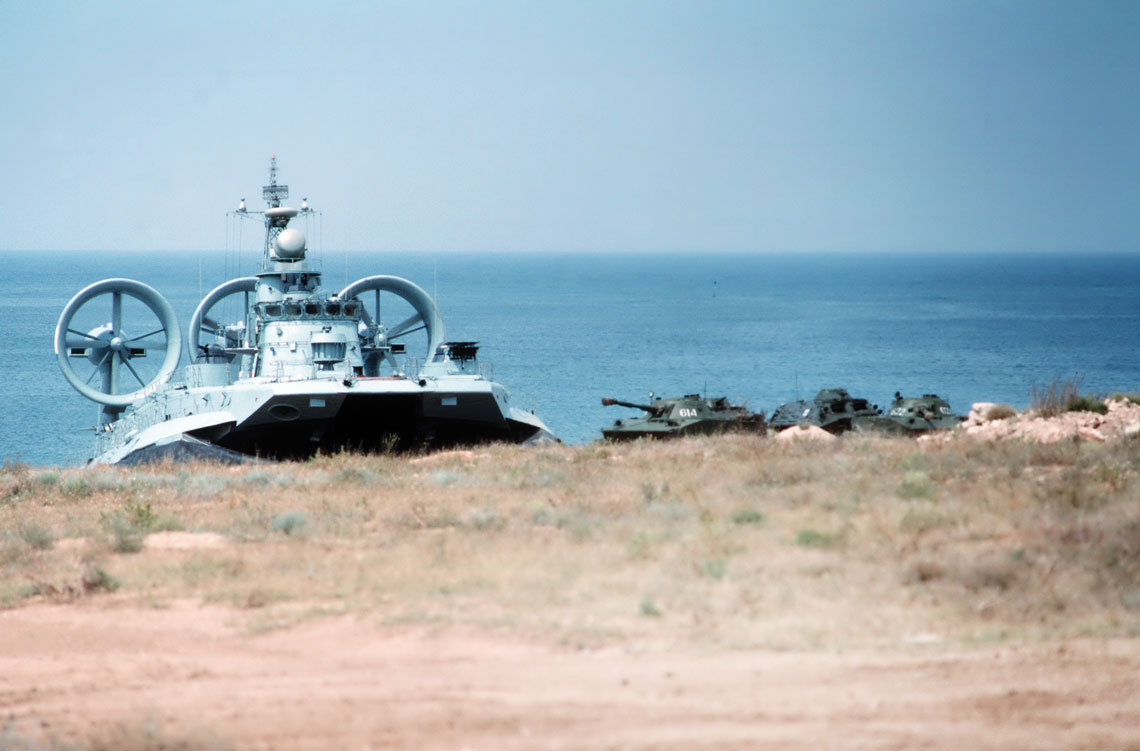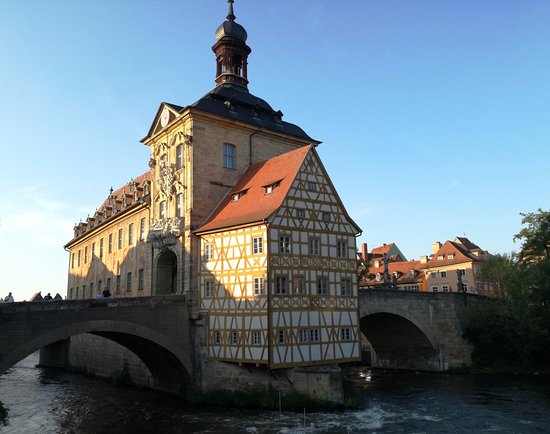
Troopers of the Black Sea Fleet of the USSR part 1

The landing forces of the Black Sea Fleet used the largest number of types of hovercraft. Pictured is project 1232.2 Zubr during unloading of PT-76 amphibious tanks and BTR-70 transporters. US Navy photo
Straits have always been strategically important areas, the functioning of which was determined by international maritime law. In post-war geopolitics, the management of water bodies was of particular importance, which directly influenced the fate of land campaigns, which was learned from the experience of the Second World War. The crossing of sea communications, combined with the capture of the coast, was the key to defeating the enemy on land. In implementing the provisions outlined above, the fleets of both the political and military blocs sought to provide the most favorable conditions for fulfilling the tasks that awaited them in the war. Hence the constant presence of strong groups of ships in the waters of the World Ocean, the constant development and improvement of naval combat means, including reconnaissance means, as an element of the arms race during the Cold War.
Organization of the Naval Forces landing craft
Since the end of hostilities in the Black Sea in 1944 and until the mid-50s. the main landing craft of the Black Sea Fleet (hereinafter referred to as the DChF) were captured and transferred as military reparation units of German origin. A significant part of this equipment was sunk by the Germans, due to the impossibility of evacuation, the landing of artillery crossings. These units were excavated by the Russians, repaired and put into service immediately. Thus, 16 MFP ferries were delivered during the FCz war. Typical German landing units were superior to the technology of the Navy (WMF) in every respect. The Soviet units were built from low quality materials, which was a consequence of the lack of raw materials with the appropriate technical parameters and, above all, the lack of weapons. Among the means of German origin, the mentioned landing ferries of various modifications were the most numerous. In total, the fleet included 27 German units and 2 Italian MZ units. After the war, the American LCM barge, received from deliveries under the Lend-Lease program, also entered the Black Sea.
In the 50s, this equipment gradually crumbled - some of it was used as auxiliary floating equipment. The deteriorating technical condition of amphibious vehicles over the years forced the development of new units, which were supposed to make up for the shortage of equipment in a relatively short time. Thus, in the second half of the 50s, several series of small and medium landing ships and boats were created. They corresponded to the then Soviet expectations and were a reflection of the concept adopted in the USSR of the almost service role of the fleet in the actions of ground forces in the coastal direction. Restrictions in the field of naval armaments and curtailment of plans for subsequent development, as well as the decommissioning of old ships, led the Soviet fleet to a state of technical collapse and a crisis in combat capabilities. The view of the limited, defensive role of the naval forces after a few years changed, and the fleet, in the ambitious plans of the creators of the new strategy of naval warfare, had to go to the oceans.
The development of the VMP began in the 60s, and the new offensive provisions of the doctrine of naval warfare resulted in specific organizational changes related to the need to adapt the structures of ship groups to the tasks they face, not only in internal closed waters, but also in open waters. ocean water. Previously, the defensive attitudes adopted by the party political leadership headed by Nikita Khrushchev underwent significant adjustments, although in the conservative circles of the generals back in the mid-80s. future war.
Until the end of the 50s, air assault squadrons were part of the ship guard brigades of naval bases (BOORV). In the Black Sea, the transition to a new organization of amphibious assaults took place in 1966. At the same time, the 197th brigade of landing ships (BOD) was created, which, according to the criteria of purpose and range, belonged to operational forces intended for use outside their (Soviet) territorial water.
